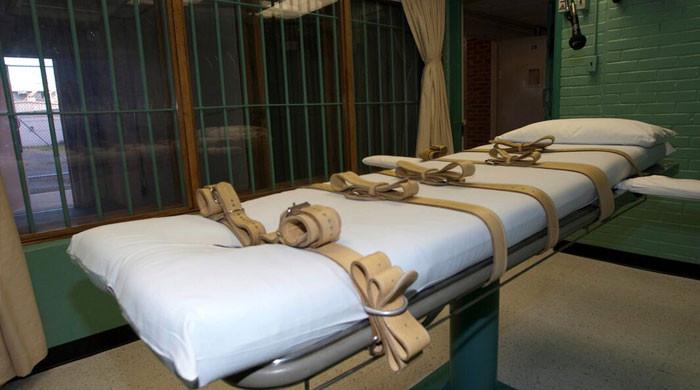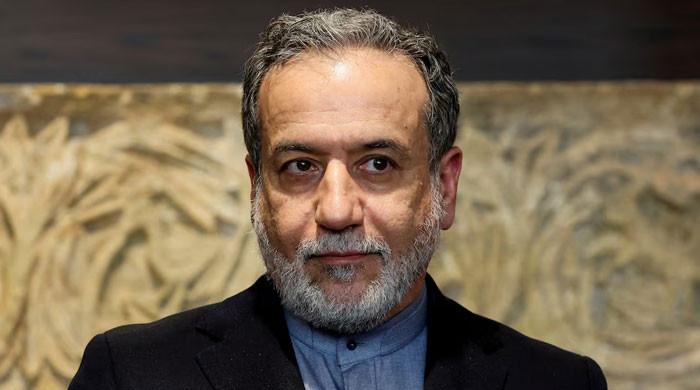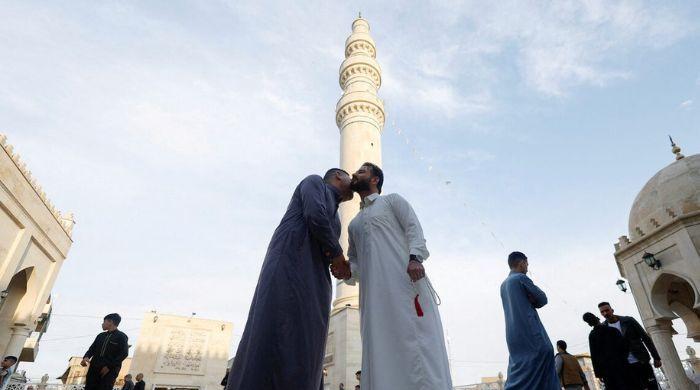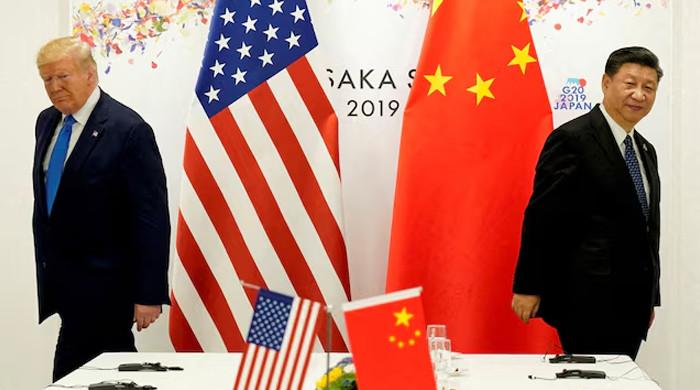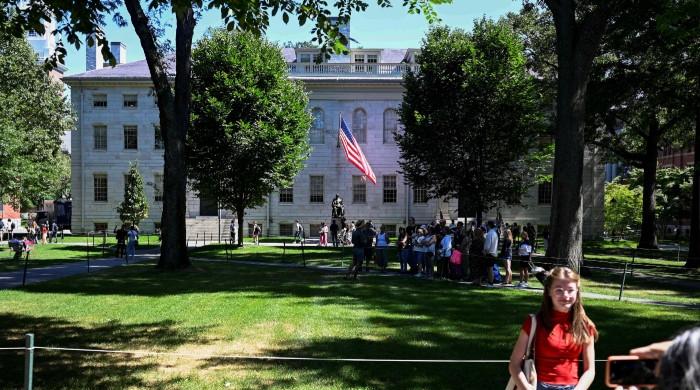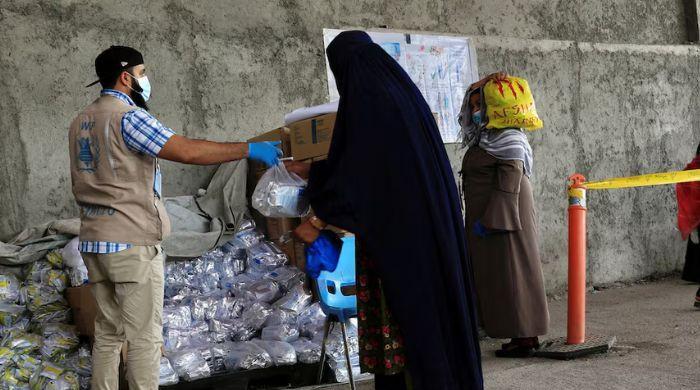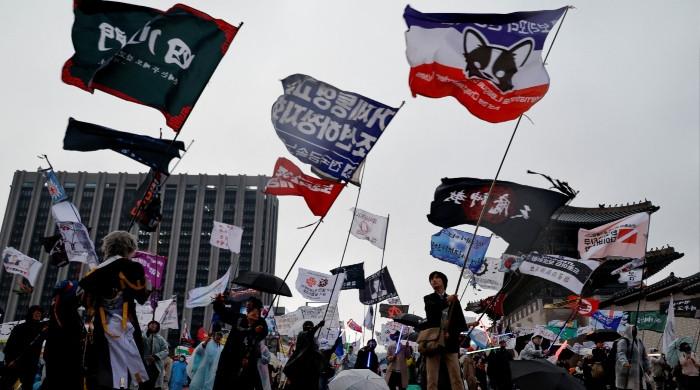Pak schools teaching intolerance: US
ISLAMABAD: Text books in Pakistani schools foster prejudice and intolerance of Hindus and other religious minorities, while most teachers view non-Muslims as “enemies of Islam,” according to a...
November 09, 2011
The findings indicate how deeply ingrained hardline Islam is in Pakistan and help explain why militancy is often supported, tolerated or excused in the country.
“Teaching discrimination increases the likelihood that violent religious extremism in Pakistan will continue to grow, weakening religious freedom, national and regional stability, and global security,” said Leonard Leo, the chairman of the U.S. Commission on International Religious Freedom.
Pakistan was created in 1947 as a homeland for the Muslims of South Asia and was initially envisaged as a moderate state where minorities would have full rights. But three wars with mostly Hindu India; state support for militants fighting Soviet-rule in Afghanistan in the 1980s; and the appeasement of hardline clerics by weak governments seeking legitimacy have led to a steady radicalization of society.
Religious minorities and those brave enough to speak out against intolerance have often been killed, seemingly with impunity, by militant sympathizers. The commission warned that any significant efforts to combat religious discrimination, especially in education, would “likely face strong opposition” from hardliners.
The study reviewed more than 100 textbooks from grades 1-10 from Pakistan’s four provinces. Researchers in February this year visited 37 public schools, interviewing 277 students and teachers, and 19 madaris, where they interviewed 226 students and teachers.
The religiosity in textbooks began under the U.S.-backed rule of army dictator Gen. Zia-ul-Haq, who courted religious groups to support his rule. In 2006, the government announced plans to reform the curriculum to address the problematic content, but that has not been done, the study said.
Pakistan’s religious right-wing polity would likely oppose any efforts to change the curriculum, and the government has shown no desire to challenge them on the issue.
The report found systematic negative portrayals of minorities, especially Hindus and, to a lesser extent, Christians. Hindus make up more than 1 percent of Pakistan’s 180 million people, while Christians represent around 2 percent. Some estimates put the numbers higher. There are also even smaller populations of Sikhs and Buddhists.
“Religious minorities are often portrayed as inferior or second-class citizens who have been granted limited rights and privileges by generous Pakistani Muslims, for which they should be grateful,” the report said. “Hindus are repeatedly described as extremists and eternal enemies of Islam whose culture and society is based on injustice and cruelty, while Islam delivers a message of peace and brotherhood, concepts portrayed as alien to the Hindu.”
The books don’t contain many specific references to Christians, but those that “that do exist seem generally negative, painting an incomplete picture of the largest religious minority in Pakistan,” the report said.




